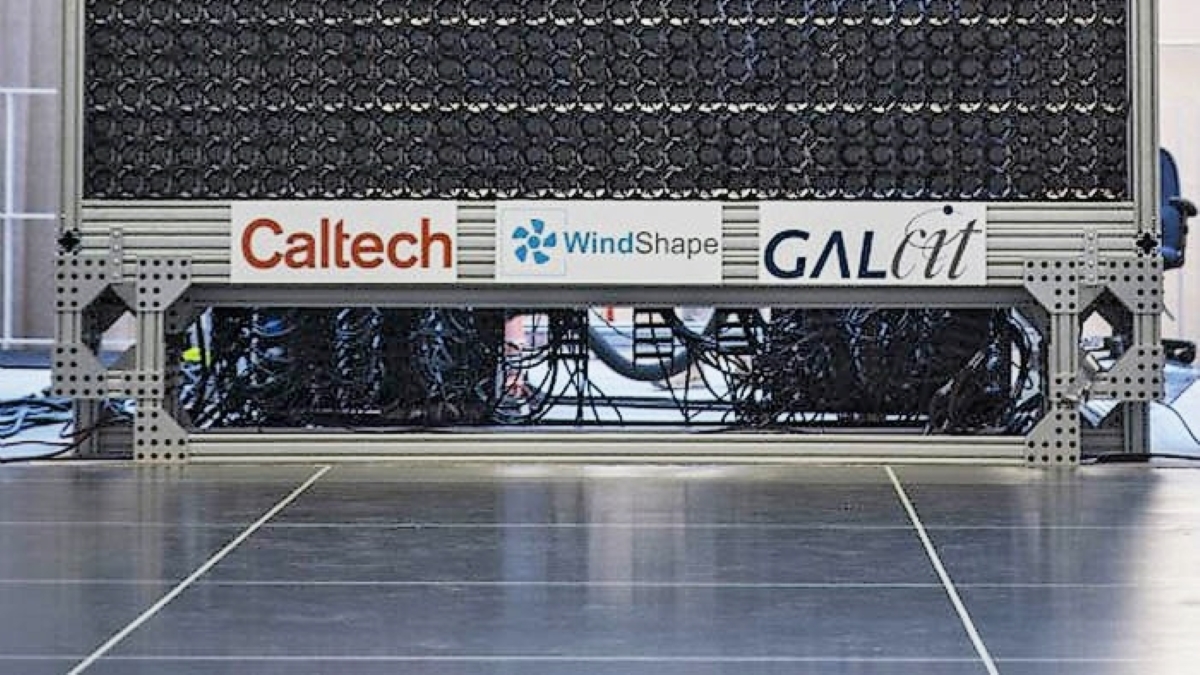
After years of anticipation, the drone delivery ecosystem is finally beginning to take shape in many parts of the world. But even as progress is made on the rules and infrastructure side, a singular factor wields the power to dash the hopes of drone deliveries en masse: the weather. Thankfully though, researchers are testing how 5G, mobile edge computing, and artificial intelligence can help drones detect, interpret, and respond to changing weather conditions in real time.
We’ve previously reported on a study that underscores why the weather is an important and poorly resolved factor that may affect ambitions to expand drone operations. More recently, Carol Tomé, the CEO at UPS, brought up the weather to downplay her company’s drone delivery ambitions, stating this at an American Chamber of Commerce event:
You can’t fly them when it’s windy. You can’t fly them when it’s rainy. There are lots of issues with drones.
The problem is indeed real. And it’s one that’s got researchers from Caltech Center for Autonomous Systems and Technologies (CAST) and Verizon hooked – though the implications of this project are not restricted to aerial logistics alone.
Researchers are testing how the low latency, high speed, and massive capacity of 5G and edge computing can be used to offload the heavy lifting that that onboard drone hardware is expected to do. Success could allow for near real-time interpretation of weather data and near-instantaneous in-flight adjustments.
So, for the next year, engineers would be cooped up in a lab that features a three-story-tall aerodrome with more than 2,500 tiny computer-controlled fans. This aerodrome will simulate everything from a gentle breeze to a powerful gale, while also being tilted 90 degrees to simulate vertical take-offs and landings.
It’s worth highlighting that this custom fan wall has been designed and built by Caltech graduate students. Even more impressively, its design was used as the blueprint for building the fan wall that tested the Mars Ingenuity helicopter at JPL, which Caltech manages for NASA.
Verizon, with its skin in the game, is providing funding for the research along with several 5G devices and consultation on 5G technology and hardware.
As Nicki Palmer, chief product development officer at Verizon, points out:
By collaborating with CAST researchers, we hope to accelerate the innovation process and development of unmanned aerial vehicles that can autonomously navigate using 5G, edge compute, and AI. This research project is just the tip of the iceberg of what we hope to see tested.
If nothing else, the research can surely be expected to help illuminate the appropriate level of weatherproofing needed for drones.
Read more: Coverdrone insurance claims data uncovers most common risks with drone flying
FTC: We use income earning auto affiliate links. More.




Comments